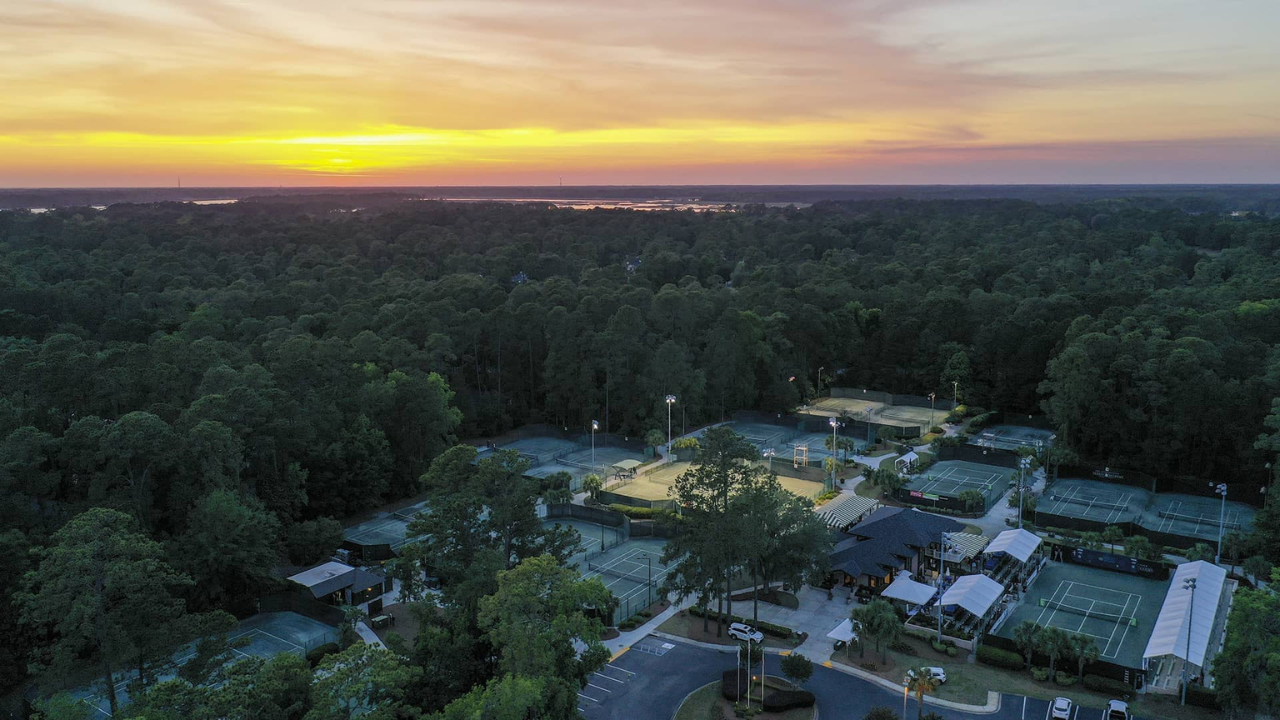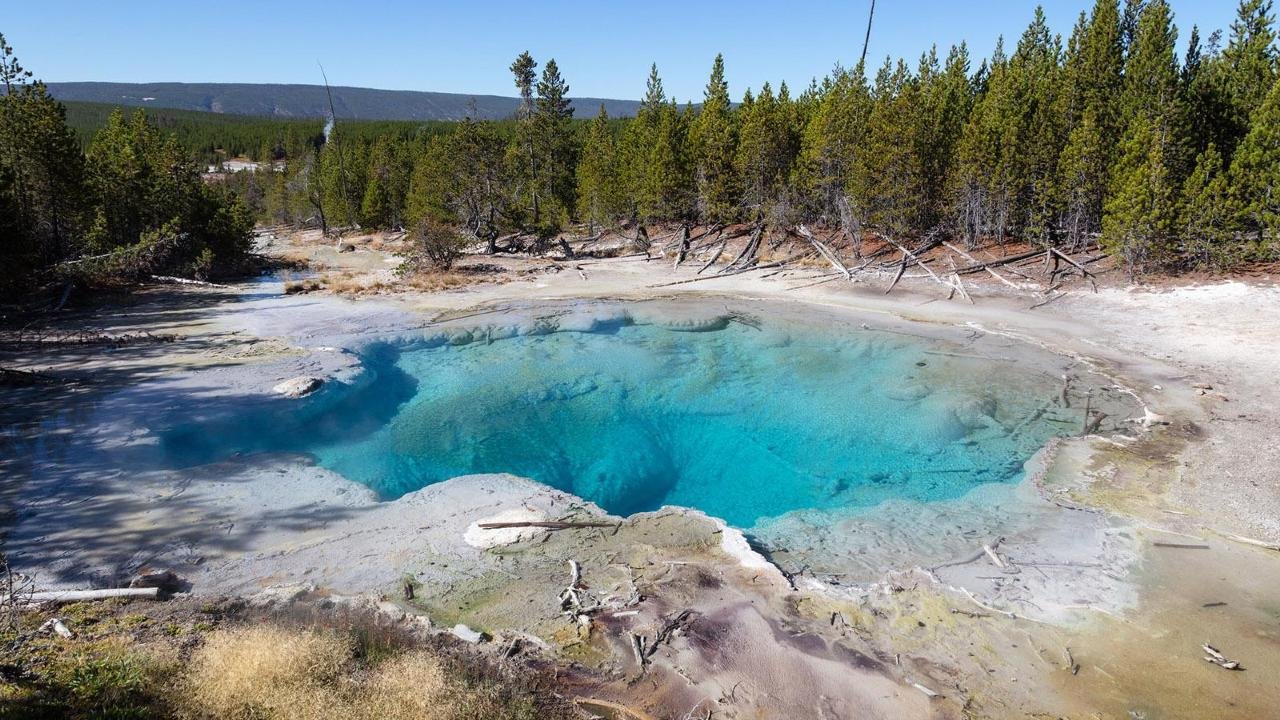Introduction
Forest Park, one of the largest urban parks in the United States, is a treasure trove of natural beauty, recreational opportunities, and ecological significance. Spanning over 1,300 acres in the heart of St. Louis, Missouri, Forest Park is a haven for nature lovers, outdoor enthusiasts, and community members alike. On Day 4 of a special series, KMOV, a local television station, turns its spotlight on Forest Park, highlighting its rich history, diverse flora and fauna, and the ongoing efforts to conserve and celebrate this urban oasis. This article delves into the various aspects of Forest Park that make it a unique and cherished landmark, and explores the significance of KMOV’s coverage in raising awareness and fostering community engagement.
The Historical Legacy of Forest Park
1.1. The Birth of a Green Sanctuary
Forest Park’s origins date back to the late 19th century, a time when urban areas were rapidly expanding, and the need for green spaces became increasingly apparent.
- Visionary Planning: The creation of Forest Park was spearheaded by visionary city planners and civic leaders who recognized the importance of preserving natural spaces for public enjoyment and environmental health.
- Land Acquisition: The park’s land was acquired through a combination of purchases and donations, with the goal of creating a vast, interconnected green space that would serve as a refuge from the bustling city life.
1.2. The 1904 World’s Fair
Forest Park gained international recognition as the site of the 1904 World’s Fair, also known as the Louisiana Purchase Exposition.
- Historical Significance: The World’s Fair showcased technological innovations, cultural exhibits, and architectural marvels, attracting millions of visitors from around the globe.
- Legacy: Many of the fair’s structures and landscapes have been preserved, adding to the park’s historical and cultural significance.
The Ecological Significance of Forest Park
2.1. Biodiversity Hotspot
Forest Park is home to a remarkable diversity of flora and fauna, making it a critical area for biodiversity conservation.
- Native Species: The park supports a wide range of native plant species, from towering oak trees to delicate wildflowers. These plants provide habitat and food for numerous animal species.
- Wildlife Habitat: Forest Park is a haven for wildlife, including deer, foxes, and a variety of bird species. The park’s diverse habitats, from forests to wetlands, support a rich array of life.
2.2. Ecosystem Services
The ecological benefits of Forest Park extend beyond its boundaries, providing essential services to the surrounding urban area.
- Air and Water Quality: The park’s trees and vegetation play a crucial role in improving air quality by filtering pollutants and producing oxygen. Wetlands within the park help filter and purify water.
- Climate Regulation: Forest Park acts as a natural air conditioner, mitigating the urban heat island effect and providing a cooler, more pleasant environment for visitors.
KMOV’s Day 4 Coverage: A Deep Dive into Forest Park
3.1. Highlighting Conservation Efforts
KMOV’s coverage on Day 4 focuses on the ongoing conservation efforts in Forest Park, showcasing the work of dedicated individuals and organizations.
- Restoration Projects: The segment highlights various restoration projects aimed at preserving and enhancing the park’s natural habitats. These projects include tree planting, invasive species removal, and wetland restoration.
- Community Involvement: KMOV emphasizes the importance of community involvement in conservation efforts, featuring interviews with volunteers and local conservationists who contribute their time and expertise.
3.2. Exploring Flora and Fauna
The coverage takes viewers on a virtual tour of Forest Park’s diverse flora and fauna, providing insights into the park’s ecological richness.
- Tree Identification: The segment includes a guide to tree identification, showcasing some of the park’s iconic tree species, such as the mighty oak and the graceful dogwood.
- Wildlife Spotting: Viewers are introduced to the park’s wildlife, with tips on how to spot and identify different animal species, from songbirds to amphibians.
3.3. Educational Initiatives
KMOV’s coverage also highlights the educational initiatives within Forest Park, aimed at fostering a deeper understanding and appreciation of nature.
- Forest Flora Education: The segment features educational programs that teach visitors about the park’s plant life, including workshops on medicinal plants and rare and endangered flora.
- Seasonal Flora Changes: Viewers learn about the seasonal changes in the park’s flora, from the vibrant blooms of spring to the rich hues of autumn.
The Role of Forest Park in the Community
4.1. A Place for Recreation and Relaxation
Forest Park has always been a place for people to connect with nature and enjoy outdoor activities.
- Recreational Opportunities: The park offers a wide range of recreational opportunities, from hiking and biking to birdwatching and picnicking. Its extensive trail network provides access to some of the most scenic areas.
- Mental and Physical Health: The park’s natural beauty and tranquility provide a respite from the stresses of urban life, promoting mental and physical well-being.
4.2. Cultural and Educational Hub
Forest Park is also a cultural and educational hub, hosting events and programs that enrich the community.
- Cultural Events: The park hosts a variety of cultural events, including concerts, art exhibitions, and festivals, that celebrate the community’s diversity and creativity.
- Educational Programs: Educational programs, such as guided nature walks and workshops, provide opportunities for learning and engagement with the natural world.
The Future of Forest Park
5.1. Vision for the Future
The future of Forest Park is guided by a vision that balances conservation with community needs.
- Sustainable Management: Efforts are underway to implement sustainable management practices that ensure the park’s ecological health while accommodating recreational use.
- Climate Resilience: Strategies are being developed to enhance the park’s resilience to climate change, including the restoration of natural habitats and the introduction of climate-adapted species.
5.2. Community Engagement
Community involvement will remain a cornerstone of Forest Park’s future.
- Volunteerism: Expanding volunteer programs and opportunities for community involvement will be essential for the park’s ongoing conservation efforts.
- Partnerships: Building partnerships with local organizations, schools, and businesses will help to amplify the park’s impact and reach.
5.3. Legacy of Love
The legacy of love for Forest Park is one that will continue to inspire future generations.
- Intergenerational Stewardship: Encouraging intergenerational stewardship, where knowledge and passion for the park are passed down, will ensure its preservation for years to come.
- Celebrating Successes: Celebrating the successes and milestones achieved in the park’s conservation will foster a sense of pride and ownership among the community.
Conclusion
Forest Park is more than just a park; it is a living legacy of love, dedication, and conservation. From its historical roots to its ecological significance, the park stands as a testament to the power of community and the enduring commitment to preserving natural beauty. KMOV’s Day 4 coverage of Forest Park highlights the importance of this urban oasis, showcasing its rich biodiversity, ongoing conservation efforts, and the vital role it plays in the community. As we look to the future, the challenges and opportunities that lie ahead remind us of the importance of continued vigilance and innovation. By working together, we can ensure that Forest Park remains a cherished sanctuary for generations to come, a place where nature and community thrive in harmony.
-

Tips for Navigating the Park During the Great Forest Park Balloon Race
-

National Tennis Tournament’s Return to Forest Park Recalls Dwight Davis Legacy
-

Be the Heart of the Park: Support Forest Park Today
-

Removing Invasive Plant Species Helps Restore Kennedy Forest
-

Prescribed Burn Season Until April 2025: A Vital Tool for Forest Health and Flora Preservation
-

The East Waterways Project: A Journey into Forest Conservation and Flora Preservation
-

Tips for Navigating the Park During the Great Forest Park Balloon Race
-

Tune in to KMOV on Day 4 Forest Park: A Celebration of Nature and Community
-

Predicting Spring: The Human Way
-

Generations of Love for Forest Park: A Legacy of Conservation and Community



